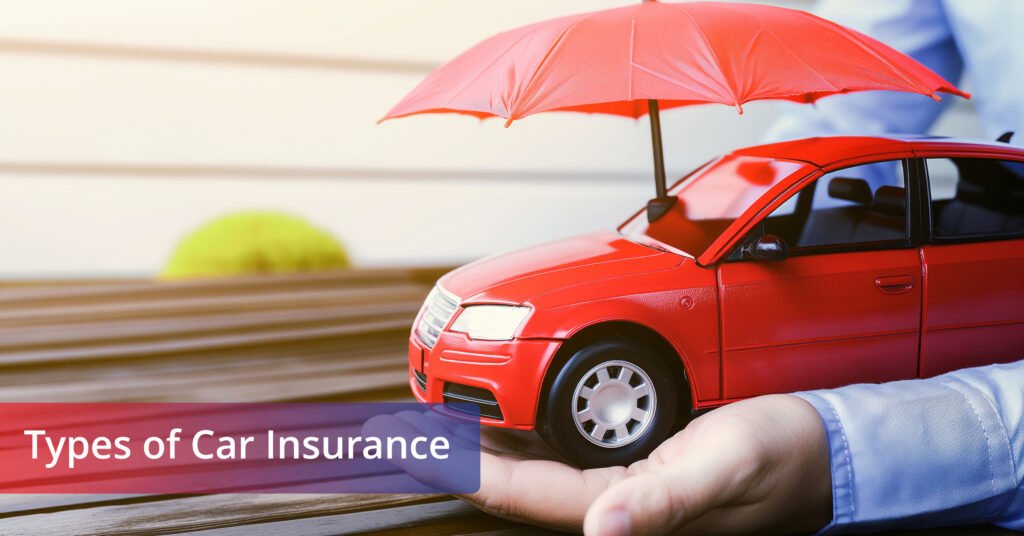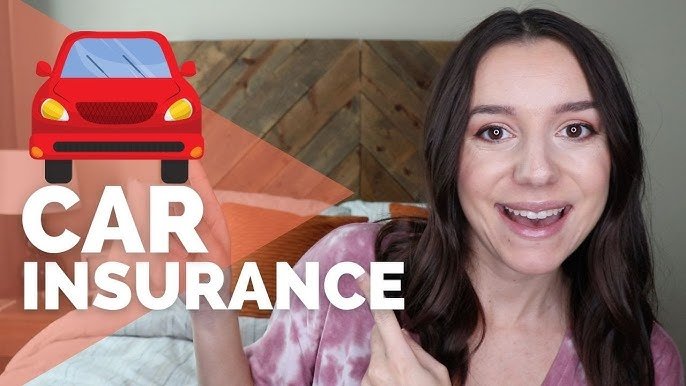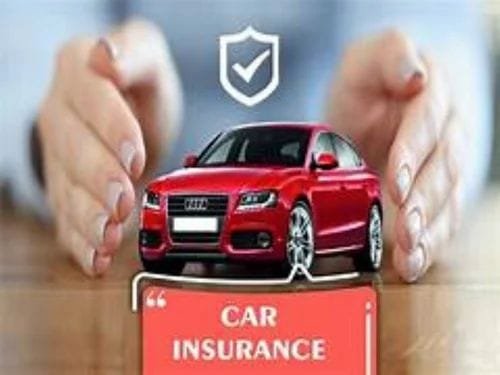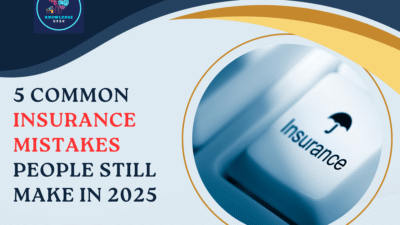Selecting car insurance may seem like mastering a fresh language and at the same time haggling a favorable price. In paying a fair price, knowledge of what is being actually purchased; matching that purchase to actual risks, and shopping with a strategy is the key to paying a fair price. It takes a little organization to make sure you take care of your car and your budget, and safeguard your peace of mind at the same time.

Start with what you know about coverage basics
Car insurance is a complex of various Car insurance is a complex of various insurances and not all of them are relevant to every motorist. Liability coverage affords payment when you cause an injury to a person or damage to their property; required by most laws and considered more of the cornerstone to policies.
Car insurances and not all of them are relevant to every motorist. Liability coverage affords payment when you cause an injury to a person or damage to their property; required by most laws and considered more of the cornerstone to policies.
Collision covers the repairs of your own car in the event of a crash whereas comprehensive covers events other than crashes such as theft, fire, flood, hail or a fallen tree. Protections include medical/personal injury coverage’s to cover treatment costs after a collision, the uninsured/underinsured coverage in case the other driver is unable to compensate, and optional coverage such as roadside assistance or rental reimbursement. Being aware of these building blocks will enable you to customize a policy rather than accepting a blanket policy.
Find the policy that fits your individual risk profile
Your most desirable policy, in terms of its cost, will depend on the character, location and quantity of your driving. The risks associated with a commute on a long highway, traffic-laden streets in town, or the need to drive at night may warrant increased coverage and smaller deductibles.
You may be able to accept increased collision and comprehensive deductibles to save premiums in cases where you drive infrequently, store the car in a locked garage, and/or have a low-theft neighborhood. Take into consideration the age and the price of your car Insurance as well. On older vehicles of modest market value, full collision and comprehensive can cost more than they could ever hope to pay out after deductibles; at that point, just liability plus comprehensive or even just liability may be a more sensible tradeoff.

Apply discounts and programs selectively
Insurers tend to provide a number of discounts; however they do not always volunteer them. Good driving records, multiple-policy packages (e.g. home or renters), multiple-car Insurance families, theft deterrents, driver safety classes and annual payments are some examples of factors to reduce rates. Low-mileage or pay-per-mile coverage that charges by the mile and will cost less if you drive only moderately.
Telemetric programmers Telemetric programmers use a Smartphone app or dedicated device in your car Insurance to track you’re driving style and behaviors, to achieve large discounts by driving responsibly on an ongoing basis. Assess privacy trade-offs and rate change terms prior to opting in, and ensure that you can continue behavior to receive the discount.
Pick add-ons that you won t use
Add-ons are nice; although they can silently run up your tab. Roadside service would be practical in case you do not currently have that already provided by your carmaker, credit card or auto club. Renter car Insurance reimbursement can be a lifesaver when you have to use your vehicle every day and do not have convenient alternatives.
Comprehensive coverage with low or no deductible is economical in windshield chip and crack prone areas. Conversely, other convenience riders duplicate benefits that you already enjoy or max out payouts at too-small amounts to make it worthwhile. It is good to read the limits and exclusions of given benefit as opposed to the assumption that the coverage is unlimited.
Pay careful attention to the small print
Car Insurance contracts are had at notches. Read the wording and schedule of the policy before you pay. Figuring out who can drive your car Insurance, what occurs when you use the vehicle to accomplish ridesharing or delivery tasks, and the coverage of alterations or accessories are all components that should be considered.
Make sure of territorial boundaries and in case of crossing borders and be aware of any post-accident requirements like a time frame one has to report, document damages and to cooperate in the investigation process that may be initiated by the insurer. When anything sounds vague, have the insurer clarify in black and white; this will prevent a misunderstanding in the future.
Ensure that Information is up to date
It is necessary to have proper rating data to price fairly and clean claims. Review that the information highlighted on the quote and final policy is accurate, i.e. your garaging address, annual mileage, driver list and vehicle details. In case your teenager begins driving, you change the location to a new neighborhood, or your vehicle yearly mileage varies dramatically, inform your insurer about this as soon as possible.
Errors or even unintentional misstatements have the ability to invalidate claims or result in post-billed premium adjustments. On the contrary, good news such as being done with a defensive driving course or an immobilizer would open new discount possibilities.
Conclusion
Finding the right car insurance balance between the value and price is the key to paying reasonable money and getting a good coverage. An inexpensive policy that exposes you to the hospital in the event of an accident is as risky as a costly policy with a lot of bells and whistles that you do not need. The wisest thing to do is to learn the fundamentals of coverage, and weigh your individual risks and compare coverage policy to your way of life and budget.

Last, you should keep checking your policy, use any discount offer and do not end up paying to cover something that is not reasonable anymore. In a considered and knowledgeable procedure, you can not only secure your car, but also your pocketbook, you can ride safe in the knowledge that you are fairly covered, and not being overcharged.




